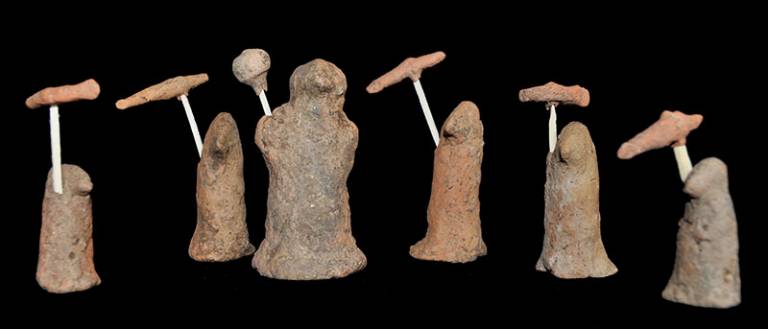A Paradigm Shift for Balkan Prehistory
3 August 2021
A new study, co-authored by Miljana Radivojevic (UCL Institute of Archaeology), offers an exhaustive synthesis on the origins, evolution and societal impact of Balkan metallurgy over nearly 3000 years.

The study, co-authored by Miljana Radivojević and Benjamin Roberts (Durham University), and published recently in the Journal of World Prehistory, looks at archaeometallurgical and archaeological evidence that crosses national boundaries and languages of all the Balkan Peninsula states, throwing the whole Balkan prehistory sequence into sharp relief as not seen hitherto.
The Balkans are currently one of the most intensively investigated of all early metallurgical heartlands across the world, most recently owing to the publications and joint excavations of key sites in Serbia, led by the authors. They are also co-authors of a new monograph, due by the end of the year and the result of the AHRC-funded 'Rise of Metallurgy in Eurasia' collaborative research project (2012-15), led by Thilo Rehren.
This study focuses specifically on the ongoing debates relating to the much contested claim of the independent invention and innovation of various metallurgies in the Balkans and the analysis and interpretation of metallurgical evidence in their technological and social context.
The main argument – that metal production in the Balkans reflects changes in the organisation of communities and their cooperation, rather than being the fundamental basis for the emergence of elites – radically shifts the debate in favour of explanatory models that defy antiquated perspectives on ‘Ex Oriente Lux’ and the rise of increasingly hierarchical societies at the onset of metallurgy.
Read more
Journal of World Prehistory article (open access)
Image: A selection of the Vinča culture figurines from the site of Stubline (Copyright Adam Crnobrnja, National Museum in Belgrade)
 Close
Close

